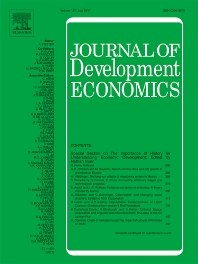
Van Wijnbergen, S. (1985). Macro-economic effects of changes in bank interest rates. Simulation results for South Korea Journal of Development Economics, 18(2-3):541--554.
-
Affiliated author
-
Publication year1985
-
JournalJournal of Development Economics
We use an empirical macro-econometric model of Korea to simulate the impact of bank interest rate changes. This model includes a very detailed sub-model of the financial sector, plus in addition to the usual demand side transmission channels of monetary policy a link between the financial sector and the supply side of the 'real part' of the economy via the cost of financing working capital ('Cavallo'-effect). Increases in Time Deposit rate are shown to be contractionary in the short run, because the portfolio shifts they trigger tighten credit conditions and cause higher costs of financing working capital; people shift out of the curbmarket rather than out of cash. The higher cost of financing working capital also pushes up inflation in the first quarter after the change, making the increase in TD rates stagflationary. This effect dies out quickly, however. The persistence of the loss in output is shown to depend on whether the commercial banks are allowed to play their intermediary role or not: if credit limits prevent the passing through into bank loans of the influx of time deposits caused by the higher rates, substantial and persistent real output losses and decreased private investment were shown to result.